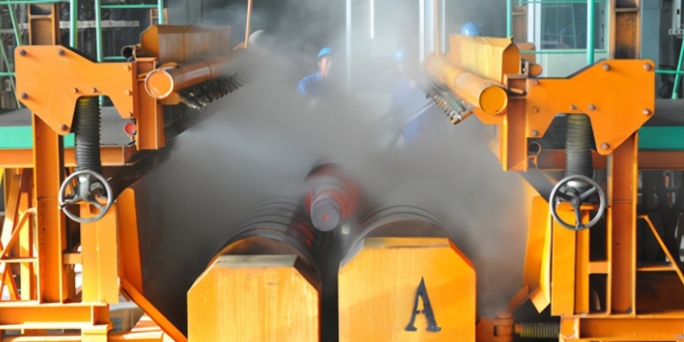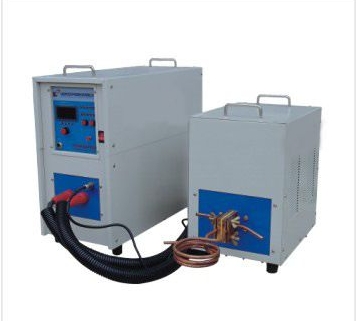Sales hot line ( 24 hours service):+86 13015583380
E-Mail: firstfurnace@gmail.com
whatsapp:+86 13015583380
Adress: Luoxin Industrial Park, Luoyang, HenanLarge diameter steel pipe quen
Piston rod quenching and tempe
Grinding rod quenching and tem
High frequency induction heate
Quenching equipment for machin
Round steel end heating furnac
Steel pipe heat treatment prod
Square steel quenching and tem
Sucker rod quenching and tempe
Thickened petroleum steel pipe
Round steel quenching and temp
Steel pipe quenching and tempe
Steel plate quenching and temp
Induction Hardening Machine&nb
Flywheel ring gear high freque
Method for surface quenching of forgings
The surface quenching of the forging is a heat treatment method in which the surface of the workpiece is rapidly heated to the quenching temperature and then rapidly cooled, so that only the surface layer can obtain the quenched structure, while the core part still maintains the structure before quenching. Commonly used are induction heating surface quenching and flame heating surface quenching. Surface hardening is generally medium carbon steel and medium carbon alloy steel forgings.
Induction hardening uses the principle of electromagnetic induction to induce a huge eddy current on the surface of the workpiece through alternating current, so that the surface of the forging is quickly heated, while the core is hardly heated.
The characteristics of induction heating surface quenching: after quenching, the martensite grains are refined, and the surface hardness is 2~3HRC higher than ordinary quenching. The surface layer has a large residual compressive stress, which helps to improve the fatigue strength; it is not easy to produce deformation and oxidative decarburization; it is easy to realize mechanization and automation, and is suitable for mass production. After induction heating and quenching, in order to reduce the quenching stress and reduce brittleness, it is necessary to perform low temperature tempering at 170~200°C.
Flame heating surface quenching is a process in which the surface of forgings is rapidly heated to a phase transition temperature above the phase transition temperature using a flame (temperature as high as 3100~3200°C) burning with oxyacetylene gas, followed by quenching and cooling.
Low-temperature tempering is carried out immediately after quenching, or the internal waste heat of the forging is used for self-tempering. This method can obtain a hardening depth of 2-6 mm, with simple equipment and low cost, and is suitable for single-piece or small-batch production.

Iron induction furnace

Aluminum melting furnace

Copper melting furnace

Small steel melting furnace

Small induction melting furnace

Induction iron furnace

3T intermediate frequency iron melting f

0.25T Intermediate Frequency Furnace

0.5T Intermediate Frequency Furnace

Medium Frequency Furnace

2T Induction Melting Furnace

1T Induction Melting Furnace

500kg Induction Melting Furnace

250kg Induction Melting Furnace

Induction Melting Furnace

3 T Induction Melting Furnace

5T Induction Melting Furnace

1T One Belt Two Intermediate Frequency F

5T One Belt Two Intermediate Frequency F

3T One Belt Two Intermediate Frequency F

2T One Belt Two Intermediate Frequency F

5T Parallel Intermediate Frequency Furna

5T Intermediate Frequency Furnace

5T Series Intermediate Frequency Furnace

3T Series Intermediate Frequency Furnace

2T Series Intermediate Frequency Furnace

1T Series Intermediate Frequency Furnace

0.5T Series Intermediate Frequency Furna

0.25T Series Intermediate Frequency Furn

1T Parallel Intermediate Frequency Furna

2T Parallel Intermediate Frequency Furna

0.5T Parallel Intermediate Frequency Fur








